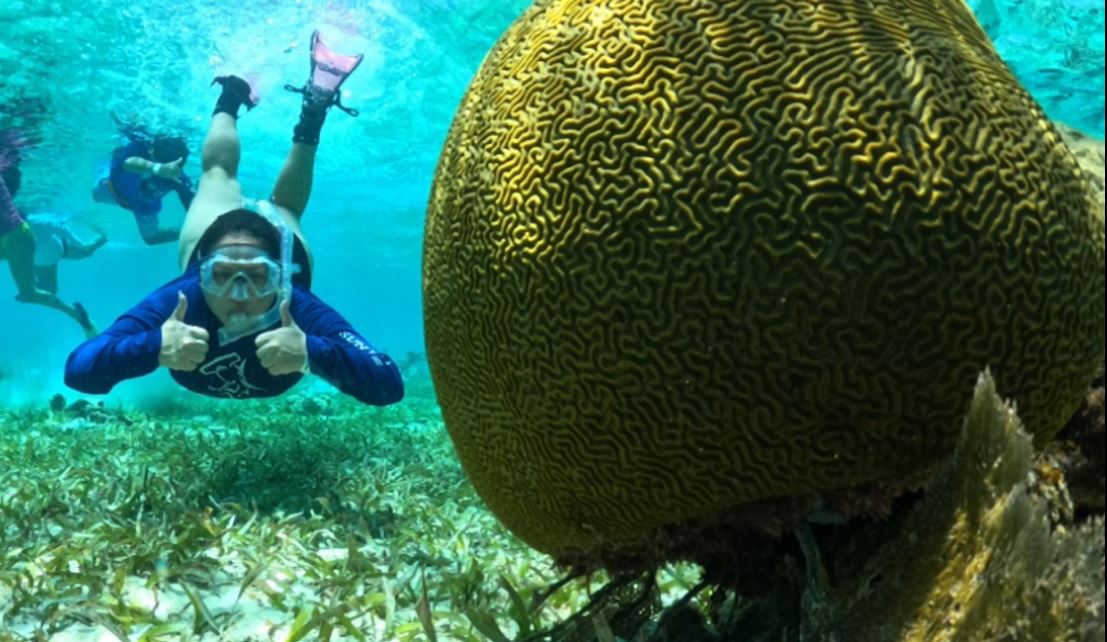Marine protected areas (MPAs) are commonly implemented in the Caribbean to address the rapid decline in the quality of coral reefs and in the abundance and body size of associated fish populations. However, MPAs are typically designed without sufficient knowledge of reef fish movements within and across their boundaries. Spatial information on the movement patterns of fish such as home range size, relocation movements and distances traveled on migrations can influence the effective functioning of MPAs. Knowledge of the spatial scale and patterns of fish movements provide evidence of ecological connectivity between individual MPAs and data to evaluate the ecological coherence within an MPA network.
In this study fish were tagged with miniature acoustic transmitters to obtain evidence of their movements in time and space. An array of underwater acoustic receivers, known as the U.S. Caribbean Acoustic Network (USCAN), was used to track fish movements between MPAs and across the insular shelf of the U.S. Virgin Islands and southeastern Puerto Rico. The study was conducted to answer the following questions: (1) How far can reef fish move? (2) Does connectivity exist between adjacent MPAs? and (3) Does existing MPA size match the spatial scale of reef fish movements?
Results show that many reef fish travel great distances in short duration and may undertake ontogenetic habitat shifts and spawning migrations across the shelf. Evidence of ecological connectivity across MPAs, which can boost MPA performance and increase reef resilience, was also provided. Fish within MPAs were found to spend time and use resources under different management regimes with different levels of protection. Fish were also found outside of protected areas contributing to spillover and influencing the biodiversity, productivity and ecological functions in neighboring unprotected areas. Even though ecological connectivity exists between MPAs, a wide range of reef associated fish undertake movements that are broader than the dimensions of the existing MPAs. A mismatch between the scale of management and the scale(s) of the ecological processes being managed may be responsible for the challenges encountered in managing populations of highly mobile animals. The authors recommend that MPA functionality and design should be evaluated using key species movement patterns. A re-scaling of Caribbean reef fish mobility and habitat use is also necessary and should be considered for management effectiveness and to achieve conservation goals.
Author: Pittman, S.J., M.E. Monaco, A.M Friedlander, B. Legare, R.S. Nemeth, M.S. Kendall, M. Poti, R.D. Clark, L.M. Wedding, and C. Caldow
Year: 2014
View Full Article
PLoS ONE 9(5): e96028. doi:10.1371/journal.pone.0096028


